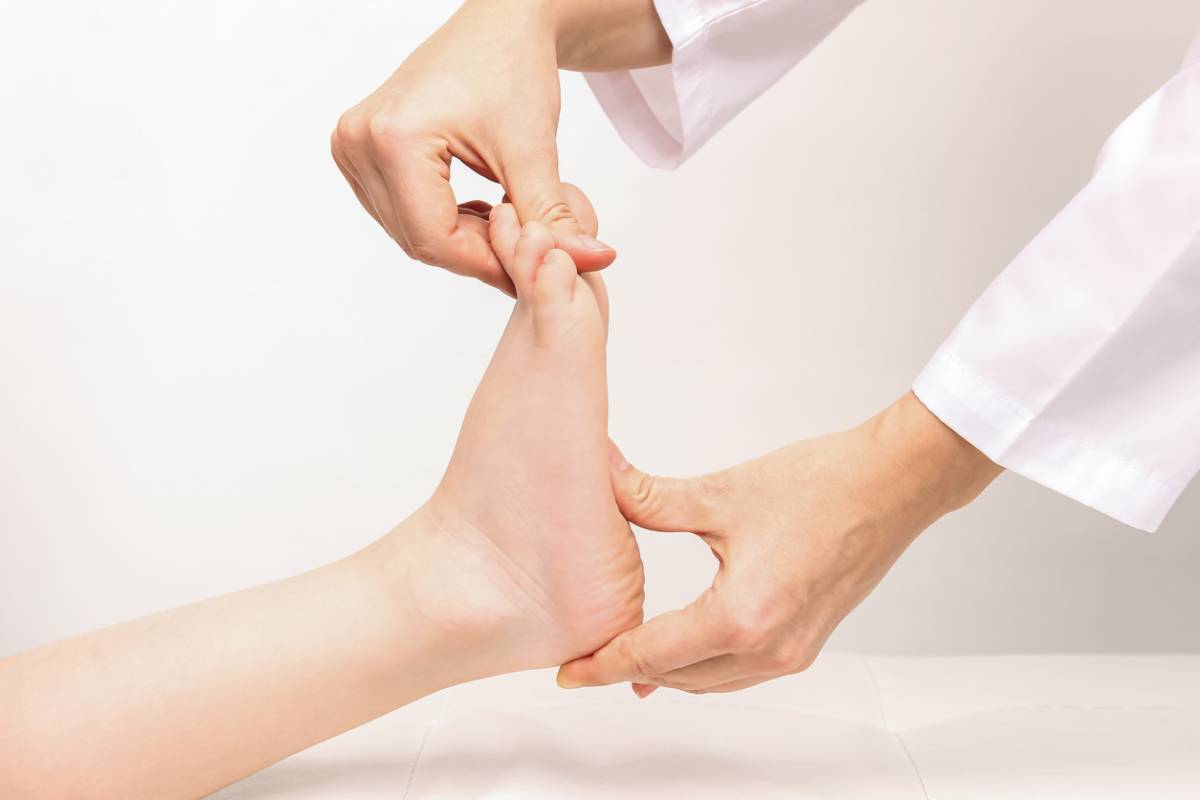Children can get easily injured playing or even in an accident. One of the more common issues that children experience is foot injuries. Children are more prone to foot and ankle injuries as compared to adults, as their musculoskeletal system is still developing. Their bones, muscles, joints, and other tissues are all in the process of maturing and getting stronger. Because of that, it makes them more vulnerable to food injuries as they are often very physically active. Below you will find care instructions for foot pain in children.
Care Instructions for Foot Pain in Children
When your child has to pump the brakes due to a foot injury, it can be really difficult. They often have a lot of energy, want to play with their friends, and like to be moving. Despite wanting to get up and go, it’s important to help your child care for their injury. This is important for their long-term development. Consider the following tips that can help you get your child back on their feet in no time after a foot injury.
Pain Medication:
Depending on the severity of the injury, pain medication may be necessary. This may either be prescribed or over the counter. Follow the recommendations and instructions from the pediatric foot doctor regarding pain medication for your child’s foot pain.
Rest and Recovery:
An injury can cause unnecessary stress on your child’s body. It’s important to help them rest and recover by protecting their feet and ensuring they stay off of it. Help entertain them with movies, tv shows, books, or even board games as they recover.
Use Crutches:
Crutches can be highly beneficial if your child needs to get up to go to the bathroom or move from room to room. This is even more important to do if a foot and ankle specialist advises it. Keeping pressure and stress off of the injured foot is critical for the healing process.
Elevate:
Elevating your child’s feet after a painful injury can be highly beneficial. It can help reduce swelling and ensure your child’s stays off of their feet. Keep it above the level of your child’s heart for optimal benefits.
Use Ice:
Ice packs of cold compressed can help reduce swelling and pain. Use it on the injured foot (or feet) for 10 to 20 minutes at a time. Apply a thin cloth in between the cold compress and your child’s skin for maximum comfort.
Check Up:
If you initially took your child to the podiatrist, schedule a checkup appointment. This can ensure that the injury is healed, and the podiatrist can advise you on how to strengthen your child’s feet and ankles to prevent future injuries. If you have not been to the podiatrist and your child still has symptoms of pain, contact a professional right away. Foot and ankle injuries can have long-term effects on your child’s physical health, which can impact their gait. This can lead to issues with their knees, hips, and back if not addressed right away.
Proper Footwear:
After a foot injury, it’s important to assess your child’s footwear. Be sure and keep shoes that fit properly, are supportive, and are appropriate for the activities they participate in. Having the right shoes can reduce the risk of injury and keep your child safe.
Pediatric Foot Doctor
If your child experiences a foot injury or foot pain even without an injury, contact a pediatric foot doctor right away. Addressing the issue early on can help improve your child’s outcomes. The team at Foot & Ankle Concepts are skilled in pediatric foot treatment and care. Contact their office today to schedule an appointment!


